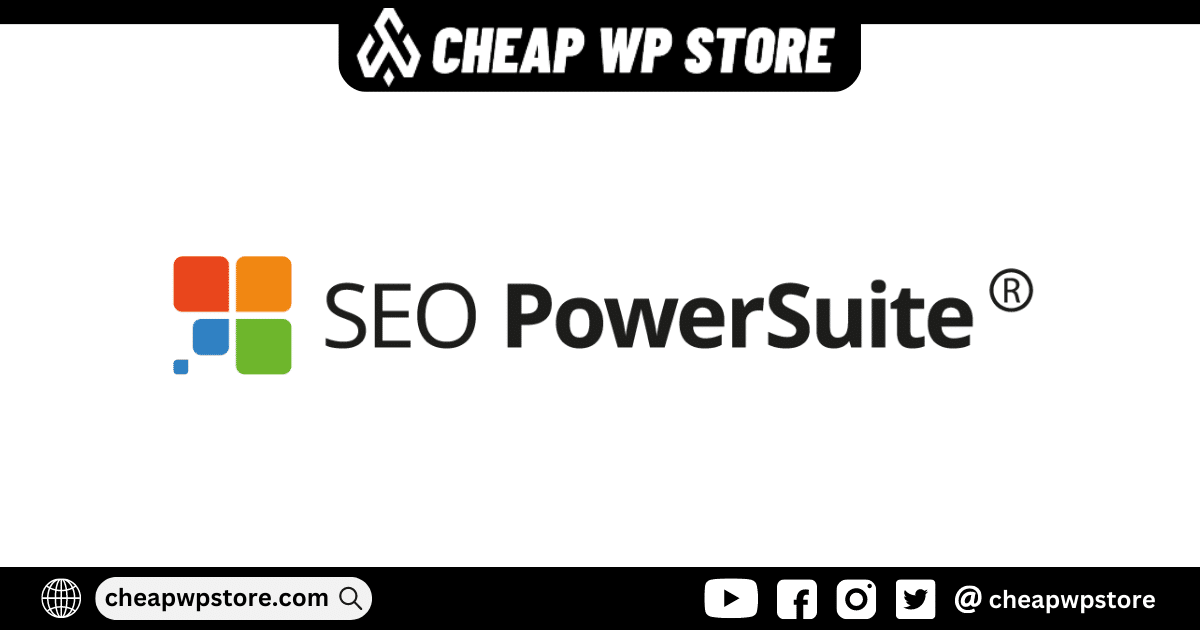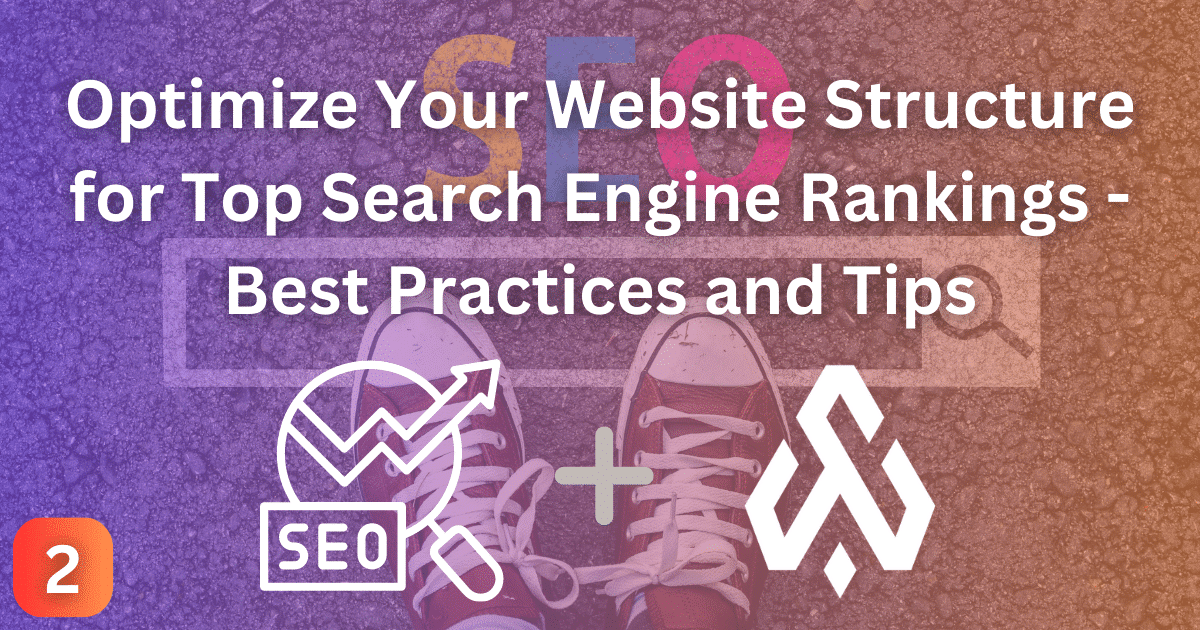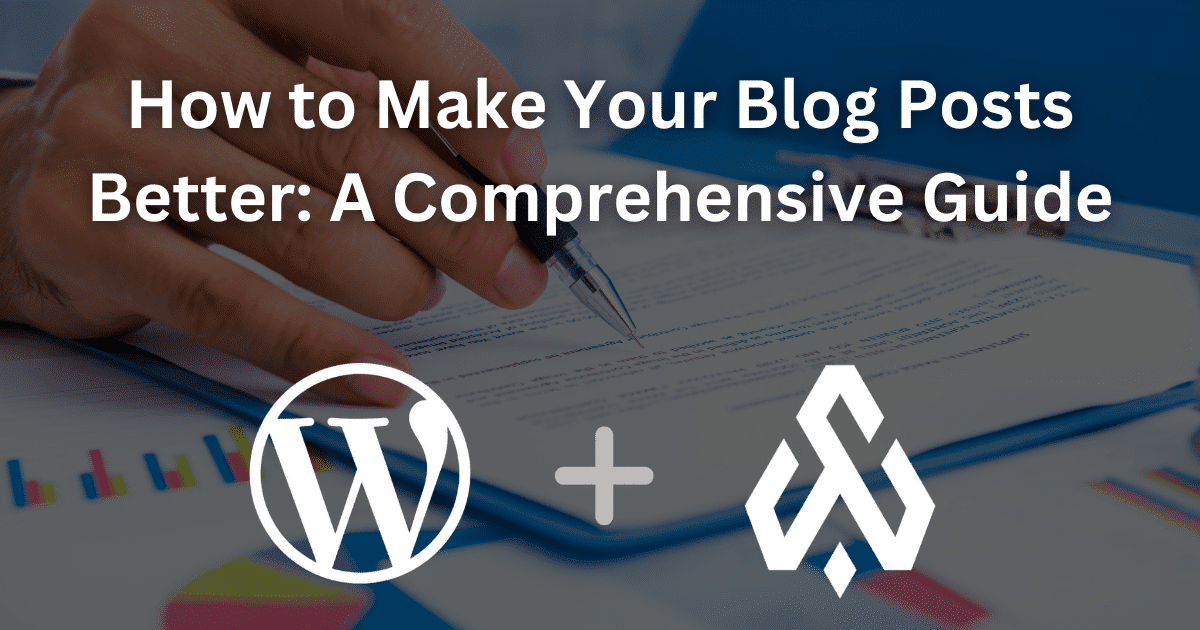Optimizing your website structure is a crucial aspect of improving your website’s search engine optimization (SEO) and overall user experience. A well-structured website can help search engines crawl your site more efficiently, understand your content better, and improve your website’s visibility in search engine results pages (SERPs). In this blog post, we’ll explore some of the best practices for optimizing your website structure to rank high in search engines.
Create a Clear Navigation Structure:
One of the most important elements of website structure is navigation. The navigation structure should be clear, intuitive, and easy to use for your website visitors. It should be simple and not cluttered. Organize your pages and categories in a hierarchical structure to make it easy for search engines to understand your website’s content.
Use a Logical URL Structure:
A logical URL structure is another critical element of website structure. Your URLs should be simple, descriptive, and easy to understand. Your URL structure should reflect the content of the page and make it easy for users and search engines to understand where they are on your website. Avoid using long URLs that are difficult to remember or include unnecessary characters.
Utilize Header Tags:
Header tags are another essential aspect of website structure. They help search engines understand the structure of your content and the importance of each section. Use H1 tags for your main page title, and H2 tags for your subheadings. Use H3 tags for your secondary subheadings and so on. Make sure you don’t overuse header tags as it can lead to a negative impact on your SEO.
Optimize Your Images:
Images are a crucial element of a website’s design, but they can also impact your website’s performance. Ensure that all of your images are optimized for web use, which means reducing their file size without compromising on quality. Use descriptive image file names and add alt tags to provide context for search engines.
Utilize Internal Linking:
Internal linking is another important aspect of website structure. It helps search engines understand the relationships between pages on your site and distribute authority and ranking power to the appropriate pages. Add internal links within your content to other relevant pages on your website. This will help visitors navigate your site and improve your website’s crawlability by search engines.
Use a Responsive Design:
A responsive design is critical for website structure optimization, particularly as more users access websites on their mobile devices. A responsive website design ensures that your website is easy to use and navigate on any device, including mobile phones and tablets. A responsive website design can also improve your website’s loading time, which is another important factor in SEO.
Speed Up Your Website:
Website speed is another important aspect of website structure optimization. A slow website can negatively impact your website’s user experience and can lead to a higher bounce rate. To improve your website’s speed, you can compress your images, enable browser caching, and minimize your code.
Eliminate Duplicate Content:
Duplicate content can harm your website’s SEO and can confuse search engines about which page to show in search results. Make sure that you do not have identical content on multiple pages of your website. If you have similar content, use canonical tags to indicate which page is the original one.
Use Schema Markup:
Schema markup is a structured data format that helps search engines better understand the content on your website. It provides additional context about your content and helps search engines display richer search results. Use schema markup to highlight your business information, product reviews, ratings, and other relevant information.
Optimize Your Meta Tags:
Meta tags provide a brief summary of your web page content to search engines and users. Optimize your meta tags by including your target keywords and a compelling description that entices users to click through to your website. Keep your title tags under 60 characters and meta descriptions under 155 characters.
Analyze Your Website Structure:
Regularly analyzing your website structure is critical to maintaining optimal website performance. Use tools like Google Analytics and Google Search Console to monitor your website’s traffic, user behavior, and search engine performance. Identify areas for improvement and make necessary changes to your website structure to optimize its performance.
Prioritize User Experience:
At the end of the day, your website’s structure should prioritize user experience. Make sure your website is easy to use, navigate, and access information. Optimize your website’s structure to provide the best user experience possible. This will not only improve your SEO but also increase user engagement and conversions.
In conclusion, optimizing your website structure is an essential part of improving your website’s SEO and user experience. Creating a clear navigation structure, using a logical URL structure, utilizing header tags, optimizing images, internal linking, using a responsive design, and speeding up your website are some of the best practices for optimizing your website structure. By implementing these practices, you can improve your website’s search engine visibility and attract more visitors to your site.

















